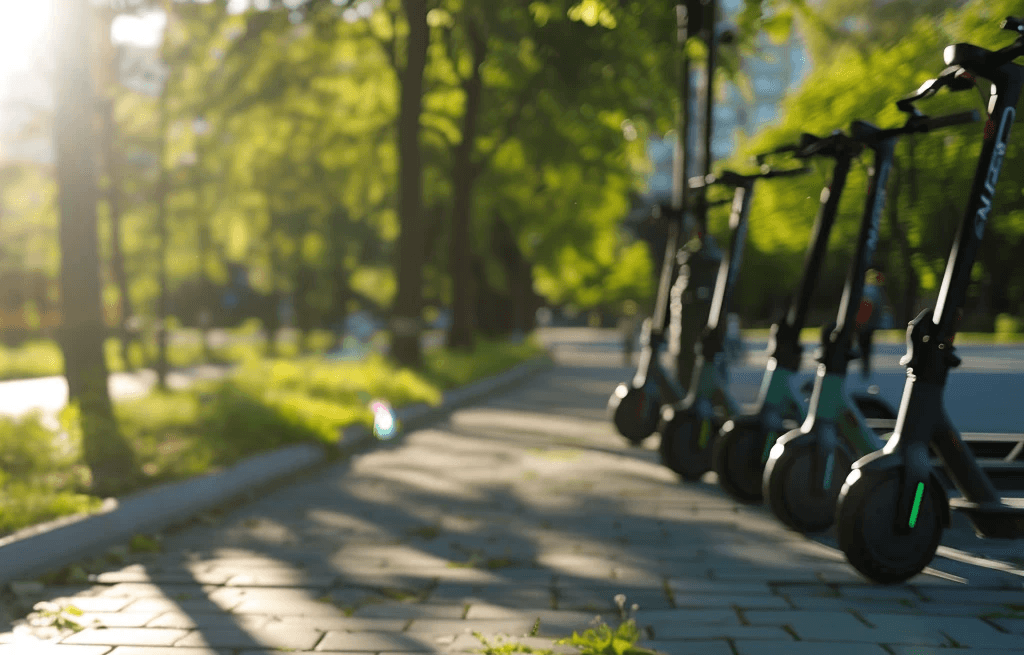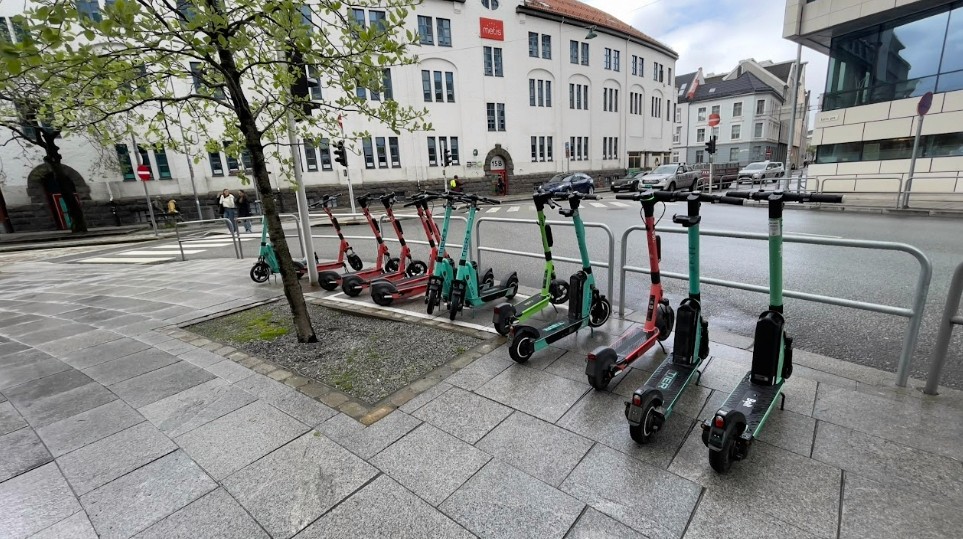
How to write good regulations for shared e-scooters
With digital regulation, cities can exercise their authority with more dynamics than in traditional regulations. However, a city must pass traditional, analogue regulations that have the necessary flexibility and openness for this dynamic.
Since, we founded Nivel in 2019, our team has supported cities in laying the ground for modern regulation by including some key principles in formal documents that enable cities to be just as dynamic as the micromobility operators. Bergen, Stavanger, Ålesund, Sarpsborg and others have all received our input on how to achieve the right level of regulations.
Principles of dynamic, digital regulation
1. Mandatory data sharing
Providers who want to operate must be required to provide realtime data from the operation of the micromobility services in the municipality.
2. Digitally communicated policies
The municipality requires operators to adhere to digitally communicated zones, with corresponding rules and fees, to lay the ground for competition on equal terms and efficient communications.
3. Compliance
Operators must comply with the dynamic regulations in the city and pay the corresponding fees in order to operate.
Nivel provides regulation tools based on 2-ways realtime data exchange, designed for city administrators. This enables the city to respond to the dynamic changes in the operation of the micromobility services. No-go, parking forbidden and slow zones can be added, removed and adjusted by demand.
Nivel employs standardised data formats, in a tool flexible enough to cater for local differences. Proper, digital regulation enables cities to get safer and tidier streets - with a well-distributed mobility service.
What are our inputs based on?
Recommendations from The Institute of Transport Economics (TØI’s) 116 page report 'Shared electric scooters in Oslo An early survey'
Experiences with the preparation of guidelines and regulations in different municipalities - and how they work in everyday life.
Contact with a number of cities and other authorities on these issues.
Our input on how best to achieve good regulation of scooters to balance the city's various needs.








